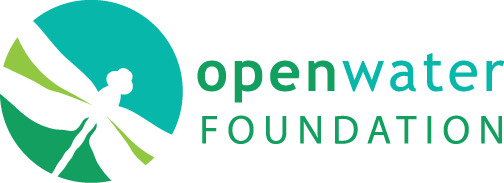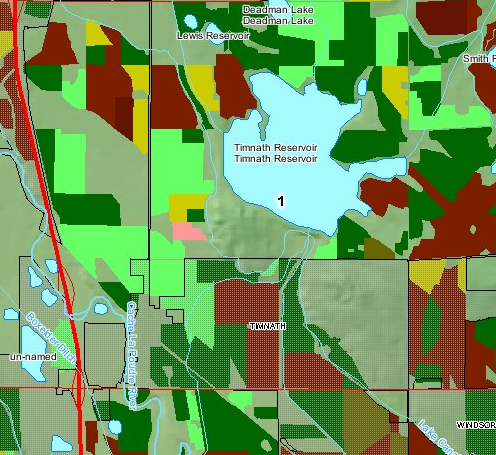The Customer
Colorado Water Conservation Board (CWCB) [2013]
The Challenge
Increasing population in Colorado, in particular the Northern Front Range, is causing pressure on municipalities to ensure long-term water supplies. The “low hanging fruit” is to purchase agricultural lands with senior water rights and transfer the consumptive use part of the water rights to municipal use. There also is a need to enhance or expand water infrastructure. Rather than permanently drying up farm lands, there is a need to implement innovative water sharing agreements. This is particularly true for the South Platte River Basin, which produces 40 percent of Colorado’s agricultural products, and within this basin the Poudre River Basin. Irrigated agriculture also provides many other economic and ecological benefits.
The Solution
Prototype water sharing agreements based on stakeholder data, with data management and visualization using Microsoft Excel and Google Earth.
The Impact
This project will identify opportunities for agriculture and municipal water sharing, to help preserve irrigated agriculture and certainty of supply for municipalities.
The Implementation
Recognizing this threat to agriculture and all of its values, the CWCB established the Alternative Agriculture Water Transfer Method (ATM) Grant program. The Open Water Foundation, as a member of the project team led by the Colorado Water Institute (CWI) at Colorado State University (CSU), received an ATM grant to study water sharing in the Poudre Basin. This project focuses on evaluating all options available to stakeholders, with particular interest in solutions that retain the long-term viability of irrigated agriculture in the basin. Primary OWF activities include:
- Participating in stakeholder meetings with municipalities and ditch companies to understand challenges and opportunities for water sharing
- Leading the effort to collect relevant data about participating organizations, managing this data, and providing visual information as input to discussions
- Implementing a solution as a template that can be utilized in other basins in Colorado
The project started in 2013 and will continue in 2014. It is expected that this first phase will
identify feasible agricultural water sharing options that can be further implemented in later
phases.

